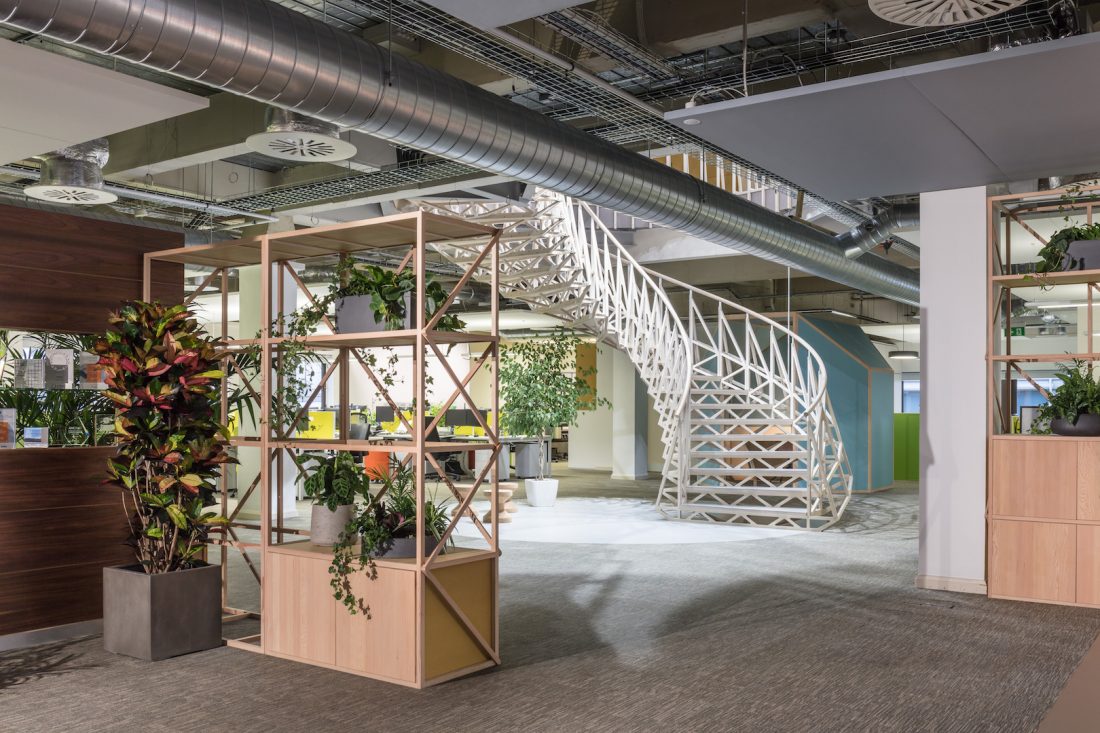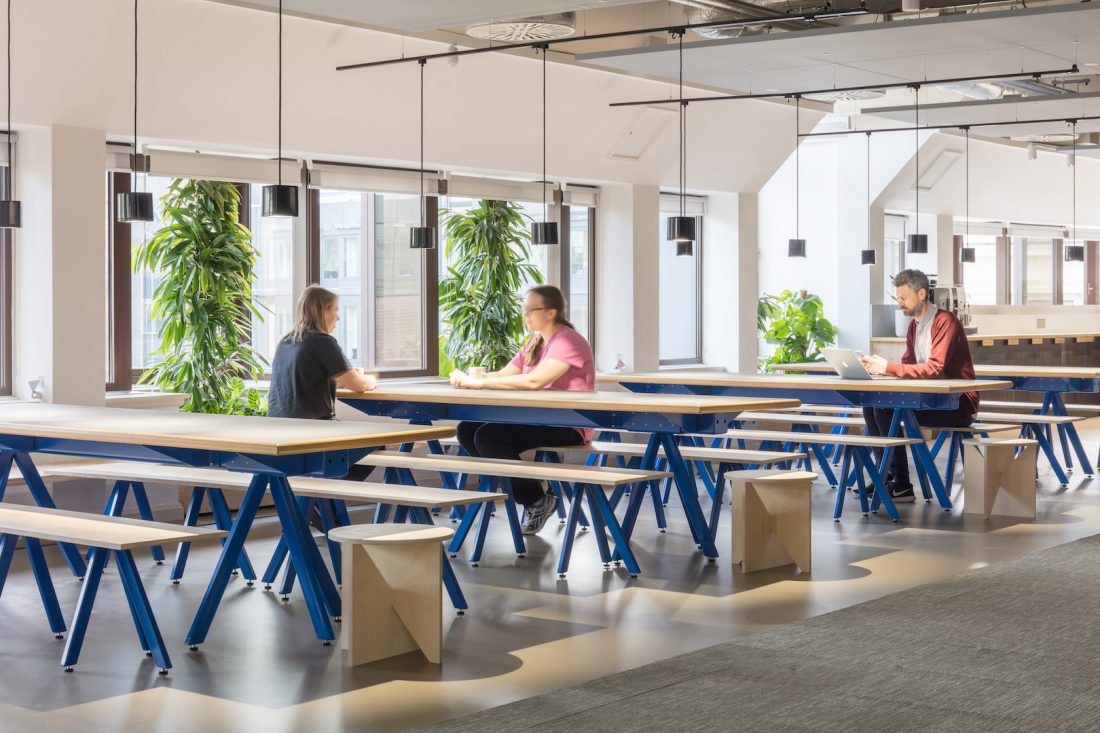There’s more to biophilia than just plants

There’s Biophilia should be the love of life, says Hala Yousef, head of sustainability, Cundall in MENA
Biophilia is Latin for “Love of life”, later popularised by Enrich Fromm in his work to describe the biological drive toward self-preservation. When many of us think of the term “Biophilia”, we associate it with having indoor plants, however, the term and concept goes well beyond indoor plants. At Cundall, we’ve had the privilege to explore many aspects of introducing biophilic design into our indoor spaces and have discovered some interesting and insightful results. When we designed our London office to the WELL Building Standard, we not only introduced plants but also had the entire space mimic features of outdoor spaces with curve-like wooden trusses intertwining the plants, ambient natural lighting, wooden benches, honeycomb acoustic pattern decorative wall covers, moss boards and wind (natural ventilation). Along with this, we were able to survey staff satisfaction and comfort level, while adjusting and moving plants and modifying the seating arrangements.

What we discovered is that people when surrounded by any combination of plants, natural day lighting and ventilation, were happier. We term this benchmark as “mental comfort”. We then compared this to people’s thermal comfort and measured that even when theoretically everyone’s thermal comfort should have been the same; those that had access to more biophilic elements were reporting much better thermal comfort levels.
As designers, we are designing environments, which most people spend over 90% of their lives in. The World Health Organisation estimates that mental health problems account for 35% of all work-related ill health. Therefore biophilic design is imperative to all interior spaces. As we started our journey in designing our new Cundall GCC offices to the WELL Building Standard, we understood the importance of health and well-being of our staff. Ultimately, over 89% of a company’s running costs are employee related. So any benefit to our employees will be a benefit to the company.
Like many indoor environments in the region, we wanted to explore the different elements to make our staff happier. Wind or a draft is something we experience when we go out for a walk on nice breeze day. So for two months of the year, we mandated an open windows policy while the temperature was rising during the spring months in the GCC. During this period we asked our participants to report on their comfort levels before they took measurements of their surrounding weather conditions. The results showed the same person could feel hot at 22°C but yet feel cold at 29°C, as The American Society of Heating, Refrigerating and Air-Conditioning Engineers (ASHRAE) 55 highlights humidity and wind speed had a lot to do with it. If the participant had no they were significantly more likely to feel uncomfortable, whilst too much wind speed even at relatively higher than an acceptable temperature ranges caused participants to feel cold.
 Therefore we must not forget to factor in wind and wind speed. Which always brings me to ask where have all the high ceiling fans gone? Have they gone with the wind? The World Health Organisation also states “a healthy working environment is one in which there is not only an absence of harmful conditions but also an abundance of health-promoting ones”.
Therefore we must not forget to factor in wind and wind speed. Which always brings me to ask where have all the high ceiling fans gone? Have they gone with the wind? The World Health Organisation also states “a healthy working environment is one in which there is not only an absence of harmful conditions but also an abundance of health-promoting ones”.







